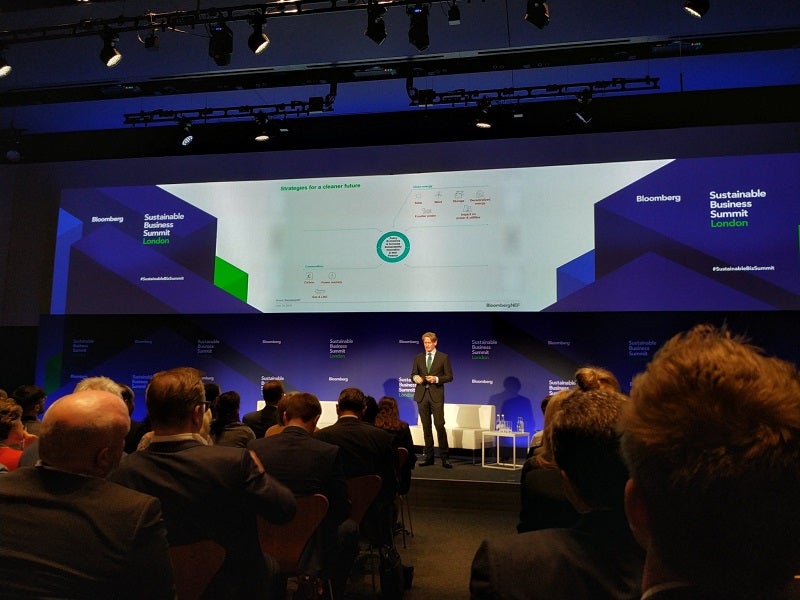
Wind and solar energy will rise from 7% of the world’s energy supply to 48% by 2050, according to a new report by Bloomberg New Energy Finance (BNEF). BNEF states in its ‘New Energy Outlook 2019’ (NEO) that this is due to the significant cost reductions of the two energy sources.
Meanwhile fossil fuels will go into significant decline, coal will fall from 37% to 12% while oil will be “virtually eliminated” as a source of energy. Hydro, nuclear and natural gas will remain at the same levels.
BNEF predict that energy demand will grow by 62% by 2050, attracting investment of $13.3tn. Of this, wind power will attract $5.3tn and solar $4.2tn. Outside of these investments, battery technology could receive $840bn and grid expansion will attract $11.4tn in new investment.
The group also predicted that Europe would be the fastest region to decarbonise its grid, with 92% of its electricity coming from renewables by 2050. China and the US will decarbonise slower, due to China’s coal-fired plant capacity and the US’ “abundance” of liquid natural gas.
Because of its coal plants, China’s emissions are predicted to peak in 2026 and then fall by 50% in the following 20 years. In the US, renewables will double but only to 43% by 2050.
BNEF note that its outlook is more ambitious than one set out by oil company BP in its 2019 energy outlook, but also states that BP’s ‘rapid transition’ scenario shows that renewables could reach 53.4% of the worlds power generation by 2040, a decade earlier.

US Tariffs are shifting - will you react or anticipate?
Don’t let policy changes catch you off guard. Stay proactive with real-time data and expert analysis.
By GlobalDataReaction to New Energy Outlook 2019
Bloomberg NEO lead analyst Matthias Kimmel said: “Our power system analysis reinforces a key message from previous NEOs that solar photovoltaic modules, wind turbines and lithium-ion batteries are set to continue on aggressive cost reduction curves.
“By 2030, the energy generated or stored and dispatched by these three technologies will undercut electricity generated by existing coal and gas plants almost everywhere.”
In a tweet announcing the release of the report, the company highlighted the importance of battery technology, writing: “Batteries complete the triumvirate of new technologies that will transform the electricity sector over the next 32 years.”
Batteries complete the triumvirate of new technologies that will transform the electricity sector over the next 32 years. Learn more from #BNEFNEO in this executive summary: https://t.co/ZfDPaXElc6 https://t.co/8cfKc1g03k
— BloombergNEF (@BloombergNEF) June 18, 2019
Tweeting from the Sustainable Business Summit in London on 18 June, Future Power Technology reported that BNEF CEO Jon Moore said the destination of renewable energy “is much clearer”.
Jon Moore, @BloombergNEF CEO, says of the future of renewable energy that "the destination is much clearer." #SustainableBizSummit pic.twitter.com/DnLltMwzy5
— Future Power Tech (@Power_OnlineMag) June 18, 2019


